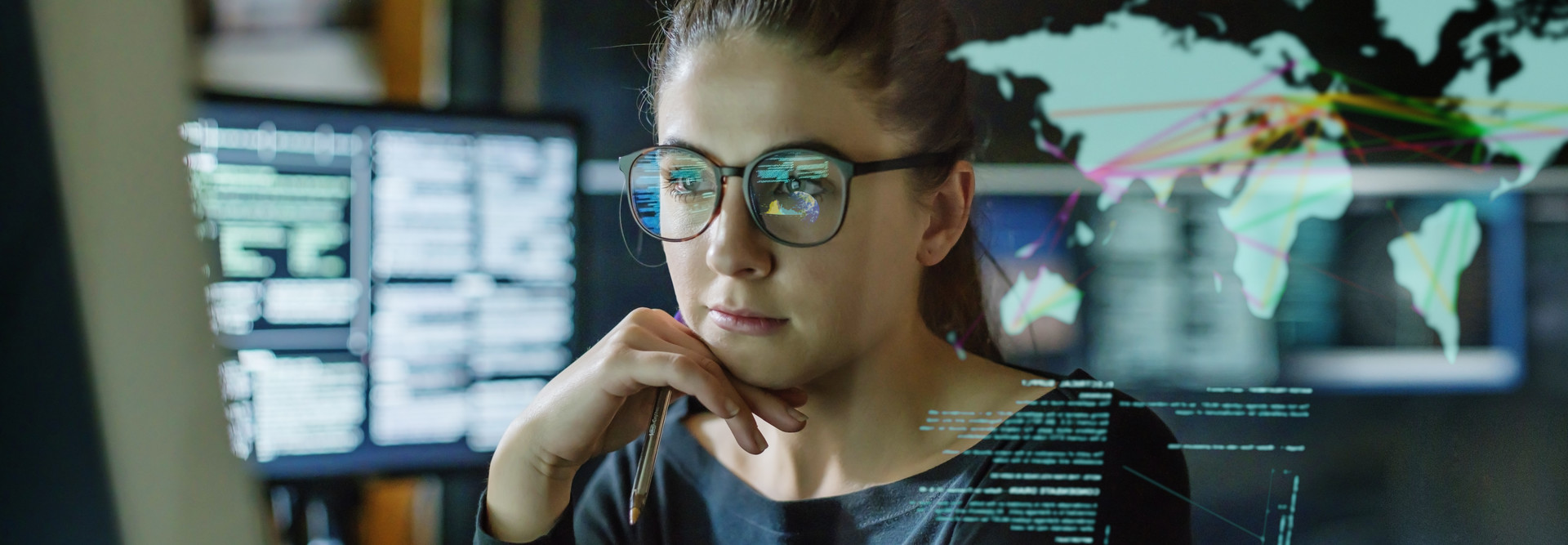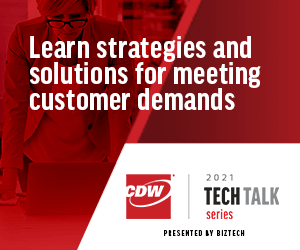Cybersecurity Stepped into the Spotlight This Year
Protecting data environments is not a new concern for any organization. Security has always been a top priority for IT professionals. However, the number and sophistication of ransomware attacks increased in 2021, forcing the federal government to take notice and setting off a serious reconsideration of cybersecurity strategies nationwide.
In September, Druva CTO Stephen Manley joined a CDW Tech Talk webcast to offer some advice on how organizations can better protect themselves.
“Ransomware attackers have learned this: Your backups are your best defense,” Manley said. “If you have secure backups, if you have backups that are held offsite, that are unattackable by the attackers — ideally, offsite and managed in a totally separate account on immutable storage, so that they can't be modified, and that are tested so that you know you can recover — that’s your first line of defense.”
Manley explained that this backup plan allows an organization the option of refusing to pay the ransom in the event of an attack. Instead, it could clear out the data environment and simply restore the data to get operations back up and running.
Infrastructure Can Help Minimize Downtime and Damage
Ransomware remains a major threat, and many organizations have found themselves vulnerable to attack as they’ve adopted digital solutions to enable remote access. Many healthcare organizations were unprepared to provide care remotely, and some of them made hasty IT decisions to address the situation.
Fortunately for Sky Lakes Medical Center, a rural community health provider, its IT leaders had begun a digital transformation journey before the pandemic hit. Sky Lakes Director of Information Systems John Gaede and Technology Systems Manager Nick Fossen joined a September edition of CDW’s Tech Talk webcast series to share their experiences.
Gaede and Fossen noted that they had implemented a full platform of hyperconverged infrastructure for computing, storage, networking and backup. “Before we went to hyperconverged, we had all those things separate,” Fossen explained. He detailed how separate processes were supported by different vendors, which made management and upgrades difficult and complex.
“When we moved to hyperconverged, now you have one vendor, it’s all tied together. The management of it is extremely easy in comparison to a three-tiered structure,” he said. “Once COVID hit, it saved us from having to spend all this time managing the system. And then, of course, ransomware was a huge component that’s gone into the backups. If we wouldn’t have had that backup solution, we wouldn’t have recovered from ransomware. It would have been painful.”













